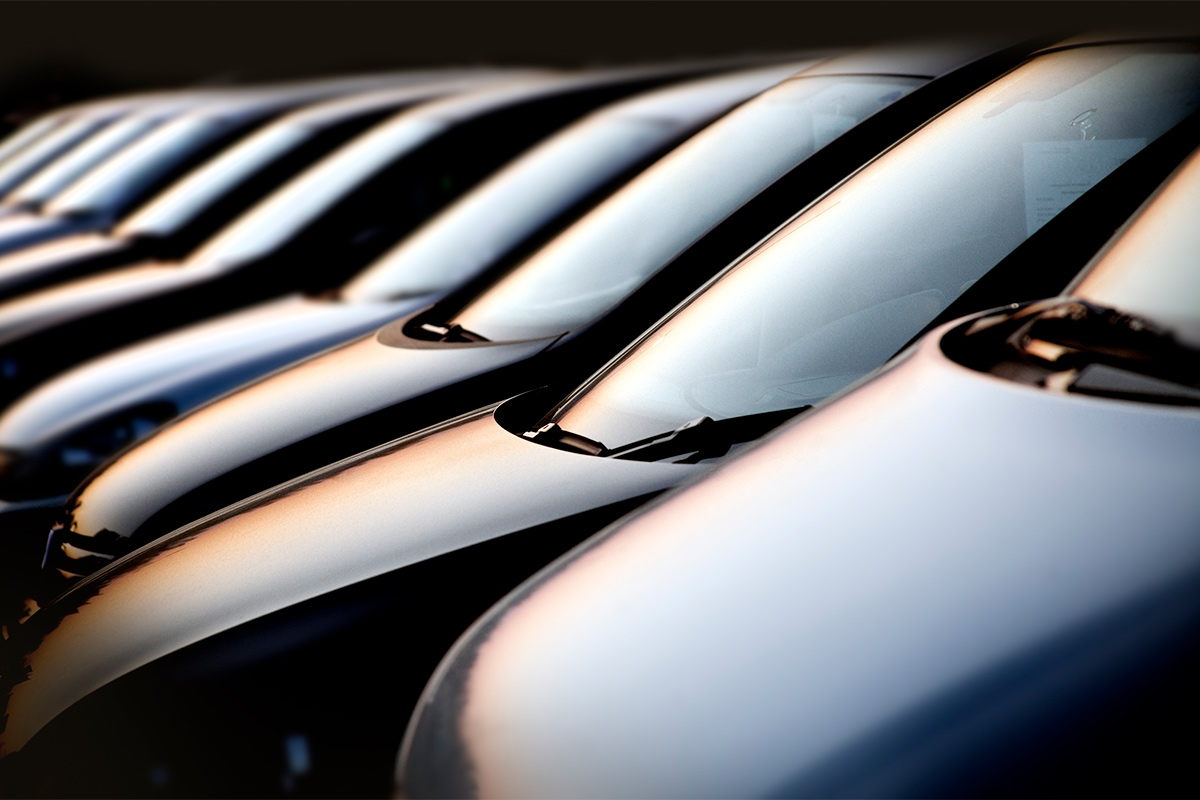Mahindra Last Mile Mobility sells over 2 lakh commercial EVs to date
Mahindra Last Mile Mobility Limited (MLMML), a subsidiary of Mahindra & Mahindra (M&M) on Tuesday said it has sold over 2 lakh commercial electric vehicles (EVs) to date.
The objectives of the policy are to provide a boost to the economy through increased sales, reduce pollution because older vehicles are presumed to emit more toxic fumes and improve the fuel-efficiency of vehicles allowed on the roads.

Representation image (Photo: iStock)
The surge in automobile sales in March, with the country seeing 14,000 more cars being sold in comparison with the same period last year, suggests that the policy to scrap old cars, introduced in many states with enthusiasm, is beginning to yield results. While market leader Maruti Suzuki has seen almost a flat sales curve, other manufacturers including Hyundai, Tata Motors, Mahindra, Toyota and MG have recorded impressive growth in numbers.
The objectives of the policy are to provide a boost to the economy through increased sales, reduce pollution because older vehicles are presumed to emit more toxic fumes and improve the fuel-efficiency of vehicles allowed on the roads. These are all laudable objectives, but must rekindle the debate on whether citizens of a relatively poor country can afford the indulgence of changing cars every 10 or 15 years.
For, while three-fourths of the material in a scrapped vehicle can be recycled, the rest ends up in landfills, adding to pollution. Secondly, the question that must be answered by policy-makers is whether the age of a vehicle or the emission standards its manufacturer follows are necessarily linked with actual emissions.
Advertisement
Surely, poorly maintained three-year-old vehicles manufactured as per the latest BS-VI emission standards have less right to be on the roads than well-maintained six-yearold cars that were made as per BS-IV norms and spew less toxicity into the air. In a lower to middleincome country like India, many households buy cars and use them sparingly, but the policy does not differentiate between a 10-year-old car that may have run 20,000 km and a two-year-old car that may have run 50,000 km.
The lack of enforcement, to ensure all vehicles on roads meet emission standards, is a hallmark of most transport departments in the country, and contributes to the problem of pollution. Several suggestions have been offered over the years to address the issue without being in the sort of hurry we seem to be in, to scrap vehicles.
These include making it mandatory for vehicle manufacturers to retrofit older vehicles so that they meet more stringent emission standards. Such vehicles can then be used in the country, or exported. Of course, manufacturers would not be happy with such a policy, but the government’s aim cannot be to please a Tata or a Mahindra.
Other suggestions are for older vehicles to be sent to rural areas to reduce the use of tractors ~ which consume a lot of fuel and are pollutants ~ for transportation of goods and people. One aspect of the vehicle scrapping policy is the government’s expectation that new cars will be cheaper, both at the point of acquisition, and over the long run. Evidence suggests this is not true, with prices of the same car having gone up by at least 25 per cent over the past five years. As with vehicles, the government must consider hybrid options that best suit our needs.
Advertisement